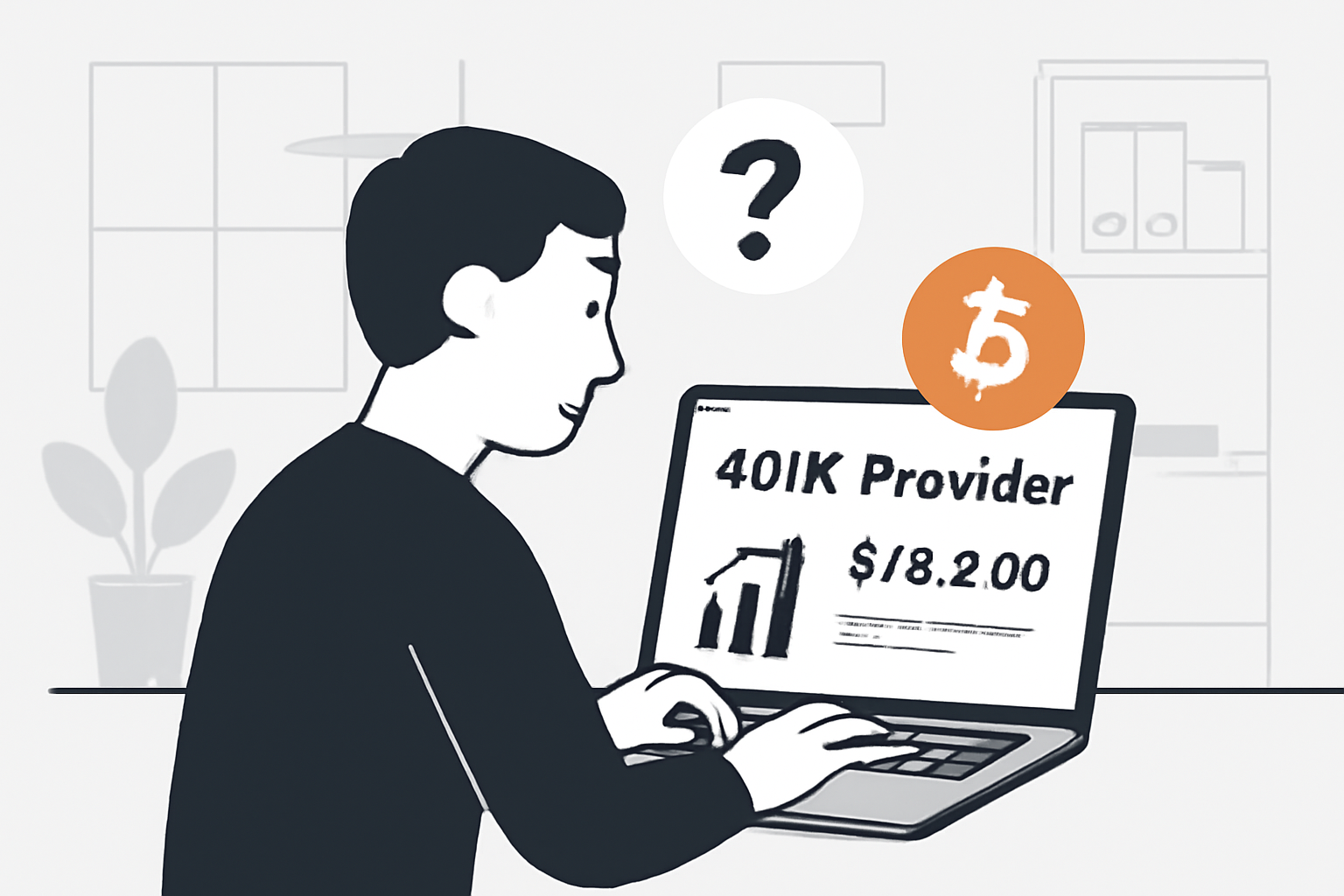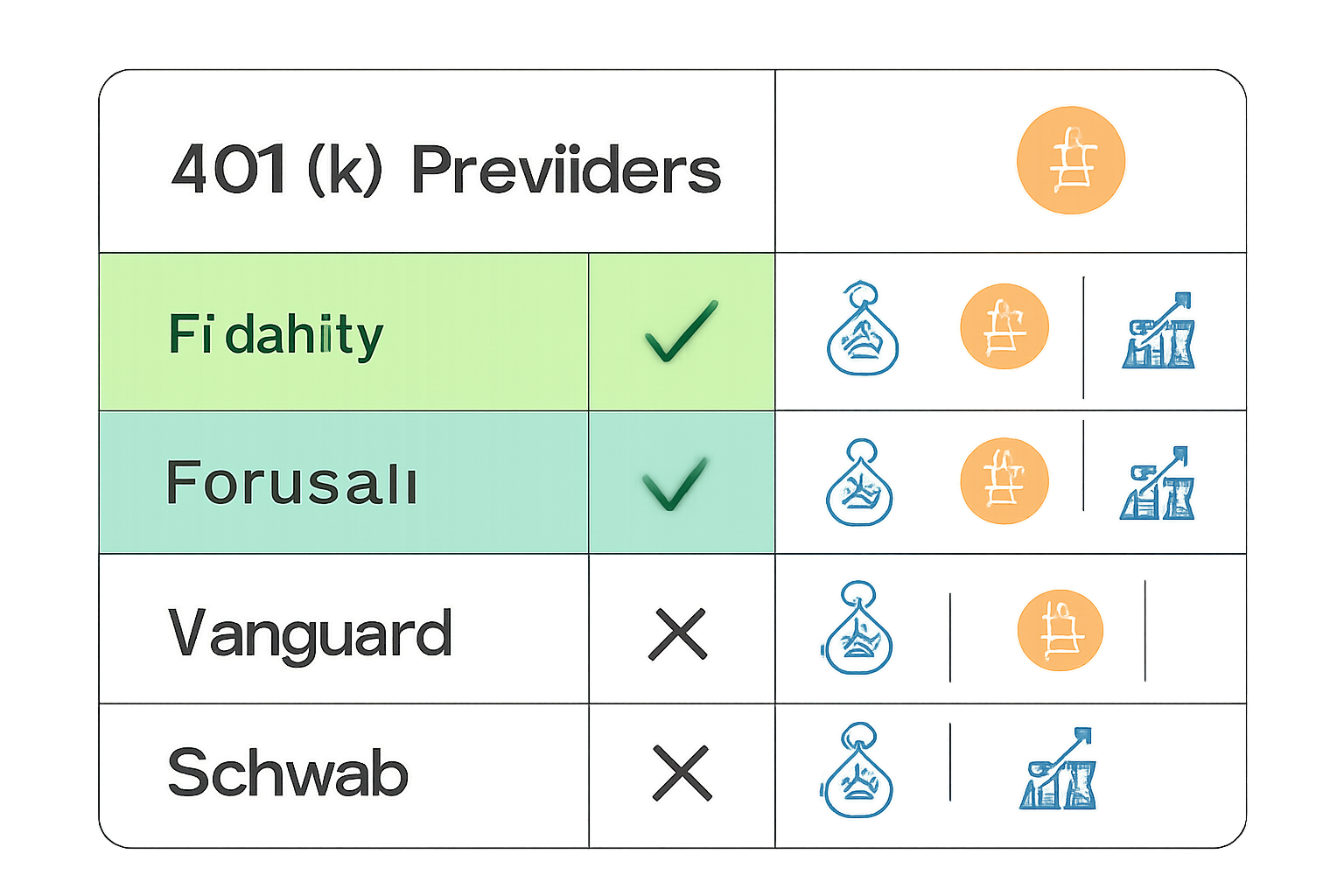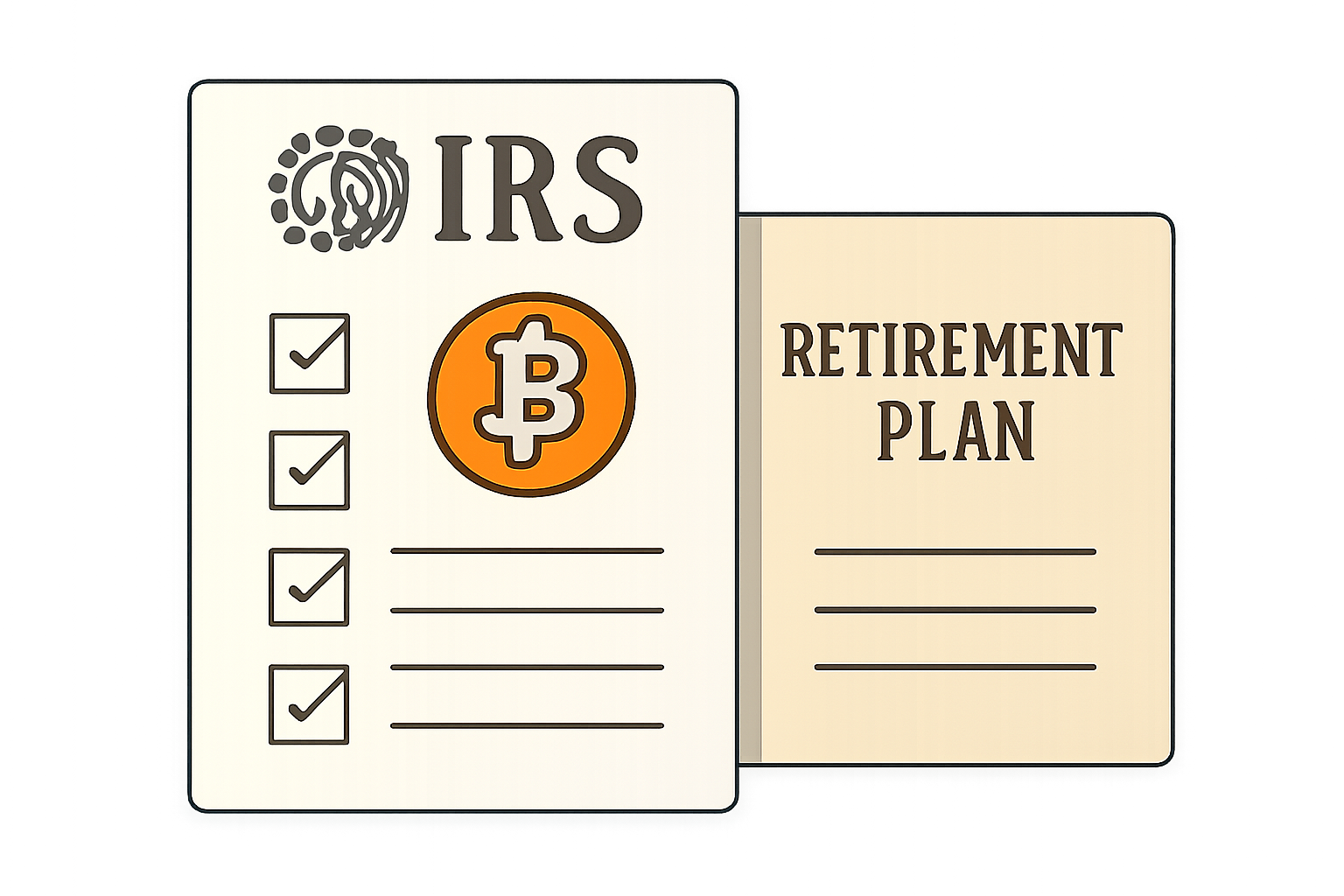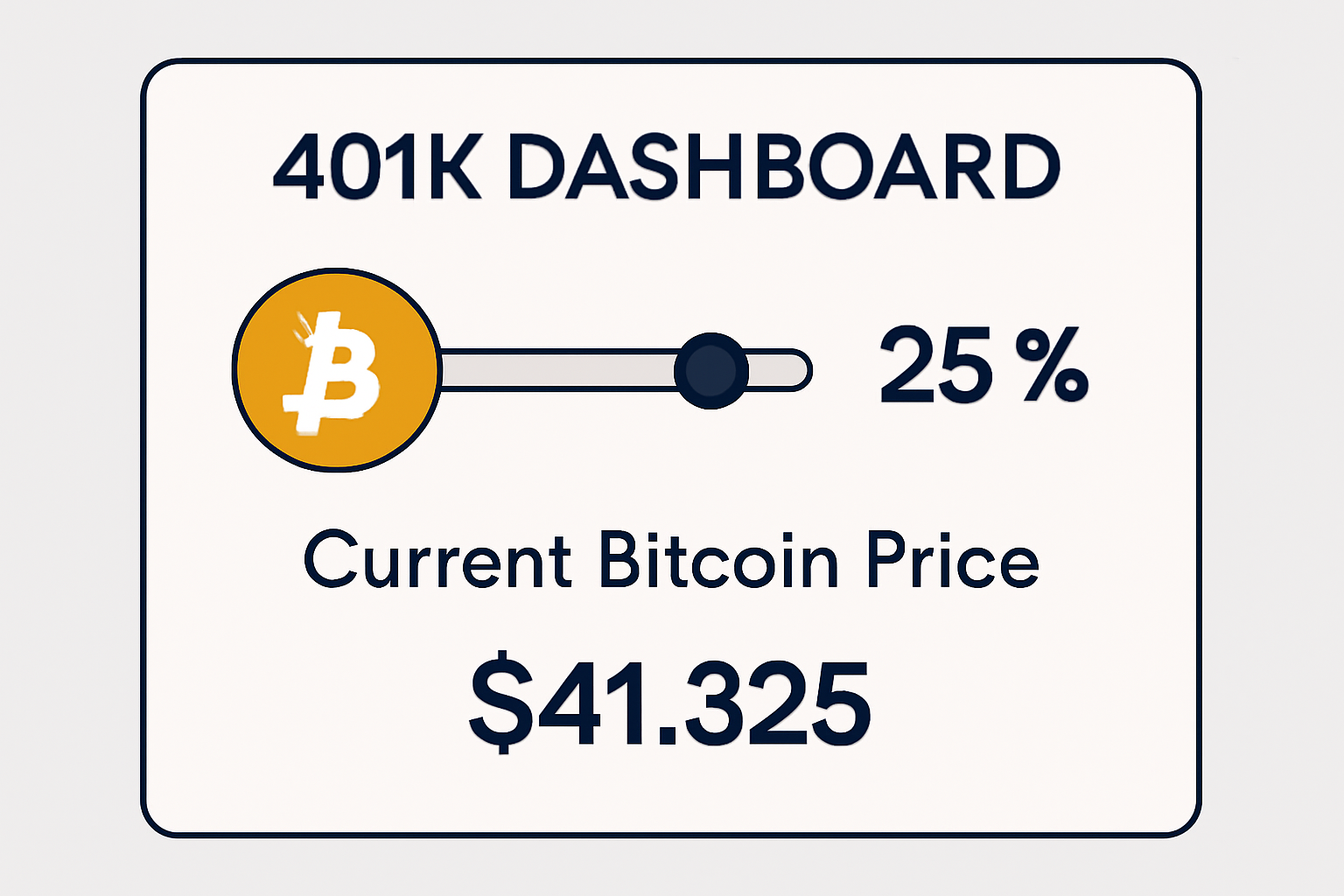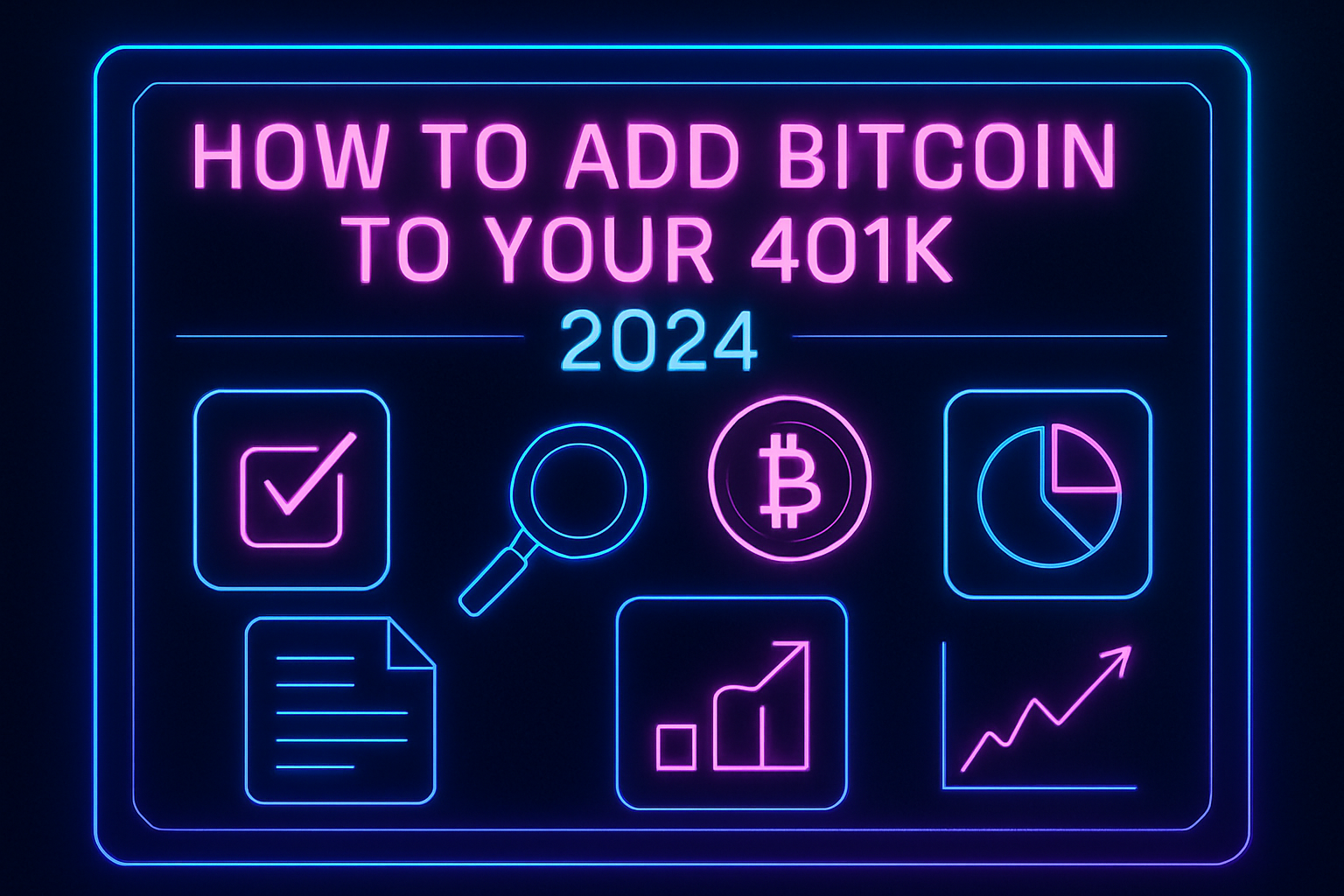
Adding Bitcoin to your 401K is no longer a futuristic idea. With Bitcoin currently holding steady at $115,744.00 as of September 2025, more retirement savers are looking to diversify their portfolios with crypto exposure. Recent regulatory shifts and the growing adoption by major providers like Fidelity mean that adding Bitcoin to your 401K is now a practical option for many Americans. Here’s how you can take advantage of these changes and position your retirement savings for the digital age.

1. Confirm Your 401K Plan Allows Crypto Investments
The first step is to check if your employer’s 401K plan supports cryptocurrency investments. This isn’t universal yet – while more plans are coming online, many still don’t offer direct crypto access. Contact your HR department or plan administrator and ask specifically about digital asset options or a self-directed brokerage window that includes cryptocurrencies like Bitcoin.
According to a November 2024 GAO report, there are now at least 69 cryptocurrency asset investment options available in U. S. 401K plans, but access depends entirely on what your employer has chosen for your plan menu.
2. Research and Select a 401K Provider Offering Bitcoin Options
If you’re not satisfied with your current plan’s offerings, or if you’re changing jobs, it pays to research which providers give you the best crypto access. Leading names like Fidelity and ForUsAll have rolled out solutions for adding Bitcoin directly into retirement accounts:
- Fidelity: Offers direct allocation of up to 20% of your portfolio into Bitcoin (subject to employer limits).
- ForUsAll: Lets you transfer up to 5% of your balance into crypto via their Self-Directed Crypto Window.
Make sure you understand each provider’s rules, fees, and investment process before making any moves.
3. Review IRS Rules and Plan-Specific Guidelines for Crypto in Retirement Accounts
The IRS treats cryptocurrencies as property rather than currency, which impacts how gains are taxed within retirement plans. Fortunately, gains made inside a traditional or Roth 401K are tax-deferred (or tax-free in Roth accounts) until withdrawal – but you must follow all IRS guidelines and plan rules meticulously.
- No early withdrawals: Early distributions may trigger taxes and penalties just like with traditional assets.
- KYC/AML compliance: Providers will require identity verification due to regulatory standards.
- Tight recordkeeping: Ensure all transactions are properly documented within the plan platform.
Your provider should supply clear instructions on compliance, but it’s wise to consult a tax advisor familiar with crypto in retirement settings before proceeding.
The Current Landscape: Why More Savers Are Considering Crypto Exposure
The rationale for adding Bitcoin is clear: diversification beyond stocks and bonds, potential upside from an emerging asset class, and inflation hedging as fiat currencies face pressure. As mainstream brokerages expand their offerings – with Fidelity leading the charge – expect even more flexibility in customizing your retirement mix with digital assets like Bitcoin at today’s price of $115,744.00.
4. Allocate a Portion of Your 401K Contributions to Bitcoin via the Plan’s Platform
Once you’ve confirmed eligibility, selected a provider, and reviewed all compliance requirements, it’s time to put your plan into action. Log in to your 401K dashboard, whether through Fidelity, ForUsAll, or another provider, and locate the crypto allocation section. Here, you can specify what percentage of your contributions or existing balance you want directed toward Bitcoin. Many plans cap this allocation: for example, Fidelity may allow up to 20%, while ForUsAll typically limits crypto exposure to 5% of your total portfolio.
It’s crucial to start conservatively. Given Bitcoin’s volatility, even as it holds steady at $115,744.00: most financial advisors suggest limiting initial allocations to between 1% and 5%. This approach allows you to participate in potential upside without overexposing your retirement savings to risk.
Step-by-Step: Allocating 401K Funds to Bitcoin in 2024
-

Confirm Your 401K Plan Allows Crypto InvestmentsContact your HR department or plan administrator to verify if your 401(k) plan offers cryptocurrency options. Not all employers have adopted this feature, so confirming eligibility is the crucial first step.
-
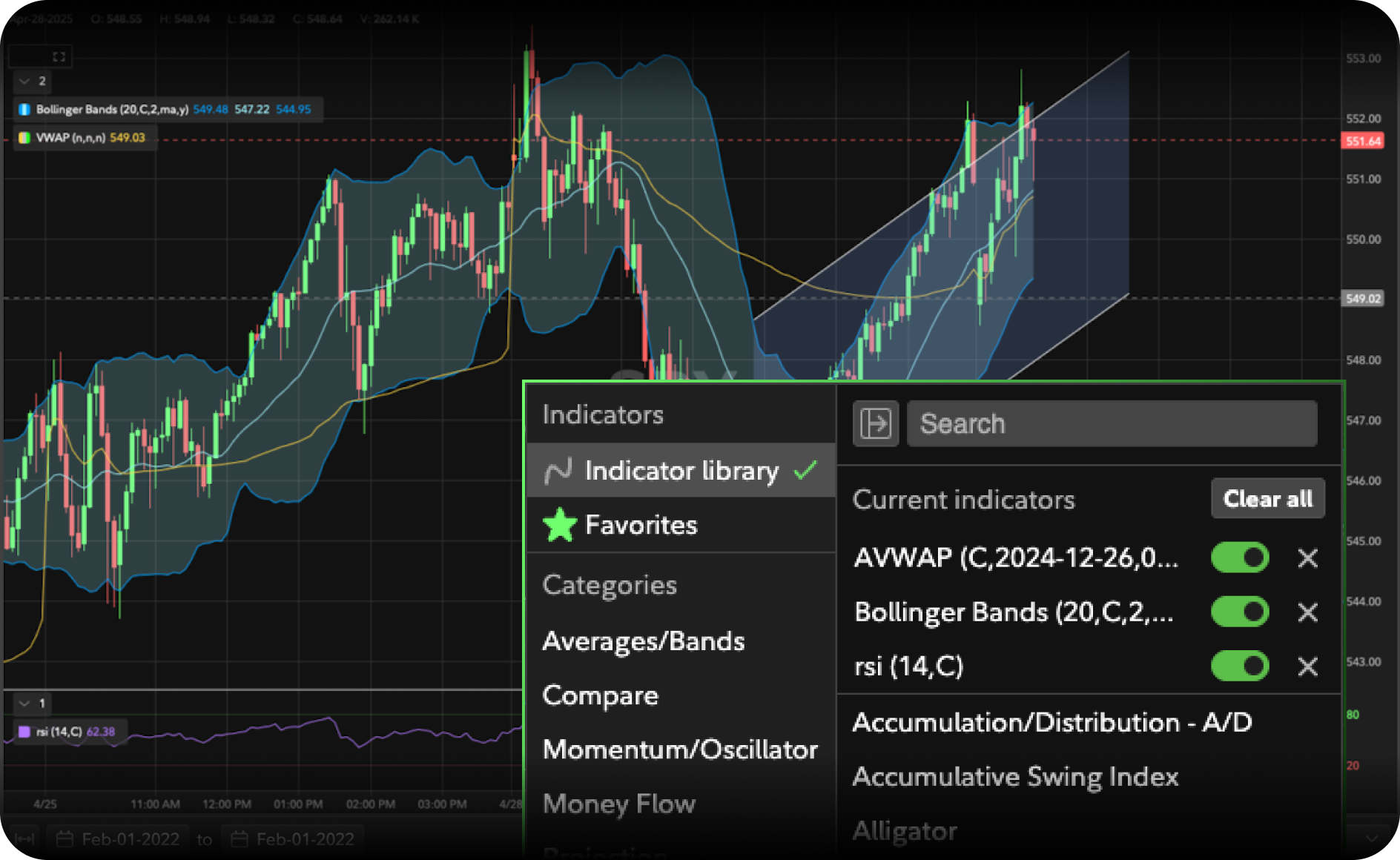
Research and Select a 401K Provider Offering Bitcoin Options (e.g., Fidelity, ForUsAll)Explore reputable providers like Fidelity and ForUsAll that offer direct Bitcoin investment or crypto-related funds within 401(k) plans. Compare fees, investment options, and platform features before making your choice.
-

Review IRS Rules and Plan-Specific Guidelines for Crypto in Retirement AccountsEnsure you understand IRS regulations and your plan’s specific rules for holding cryptocurrencies in retirement accounts. Pay attention to contribution limits, tax implications, and any restrictions on crypto allocations.
-

Allocate a Portion of Your 401K Contributions to Bitcoin via the Plan’s PlatformLog in to your 401(k) platform and select Bitcoin or a crypto-related fund as part of your investment mix. Experts often recommend a conservative allocation, such as 1–5% of your portfolio, due to Bitcoin’s volatility (current price: $115,744.00 as of September 2025).
-

Monitor Performance and Adjust Allocations as Needed Based on Market TrendsRegularly review your Bitcoin holdings and overall portfolio. Rebalance as needed to stay aligned with your retirement goals and risk tolerance, especially as market conditions change.
5. Monitor Performance and Adjust Allocations as Needed Based on Market Trends
Your work doesn’t end after making the initial allocation. Crypto markets move quickly, Bitcoin’s price can swing thousands of dollars within days, so it’s essential to keep tabs on how this portion of your retirement account is performing relative to your other assets.
Set a routine (quarterly or semi-annual reviews work well) for checking both performance and overall portfolio balance. If Bitcoin surges well beyond its current value of $115,744.00, you may need to rebalance by trimming profits or adjusting other holdings so that your crypto exposure remains within your target range. Most provider dashboards make rebalancing straightforward with just a few clicks.
Don’t forget about ongoing education: regulatory guidance and plan offerings are evolving rapidly. Subscribe to updates from your provider and stay informed through reputable financial news outlets.
Practical Tips: Staying Secure and Compliant
Security should be non-negotiable when dealing with digital assets inside retirement accounts. Ensure two-factor authentication is enabled on all financial platforms you use, and verify that your plan provider uses institutional-grade custodians for crypto holdings.
If your employer doesn’t yet offer direct crypto access in their 401K plan, or if you want more control, consider opening a self-directed IRA, which allows broader investment choices including direct ownership of cryptocurrencies like Bitcoin. However, be mindful that tax treatment can differ from traditional 401Ks, so consult with a knowledgeable tax professional before making any moves outside standard plan options.
Key Takeaways: Building Your Crypto-Enhanced Retirement Portfolio
- Confirm Your Plan: Always start by verifying if your employer’s 401K allows for crypto investments.
- Select the Right Provider: Compare offerings from leaders like Fidelity and ForUsAll for best-in-class access and support.
- Know the Rules: Stay compliant with IRS regulations and understand any plan-specific restrictions before investing.
- Diversify Wisely: Allocate only what fits within your risk tolerance, generally no more than 1, 5% unless you’re highly experienced.
- Stay Active: Monitor performance regularly at today’s market prices (currently $115,744.00) and rebalance as needed based on personal goals and market movement.
The landscape for adding Bitcoin to retirement accounts is improving each year, and those who take action now gain early exposure while maintaining tax advantages unique to qualified plans. As always, do thorough research and lean on professional advice where needed so that crypto becomes an asset, not a liability, in your long-term retirement strategy.

